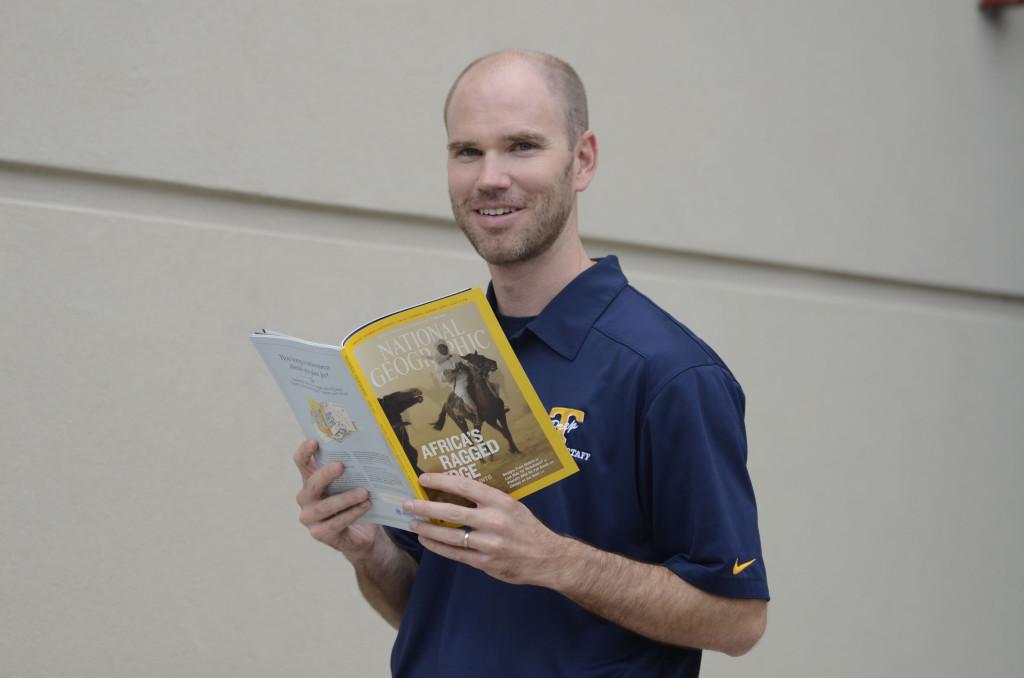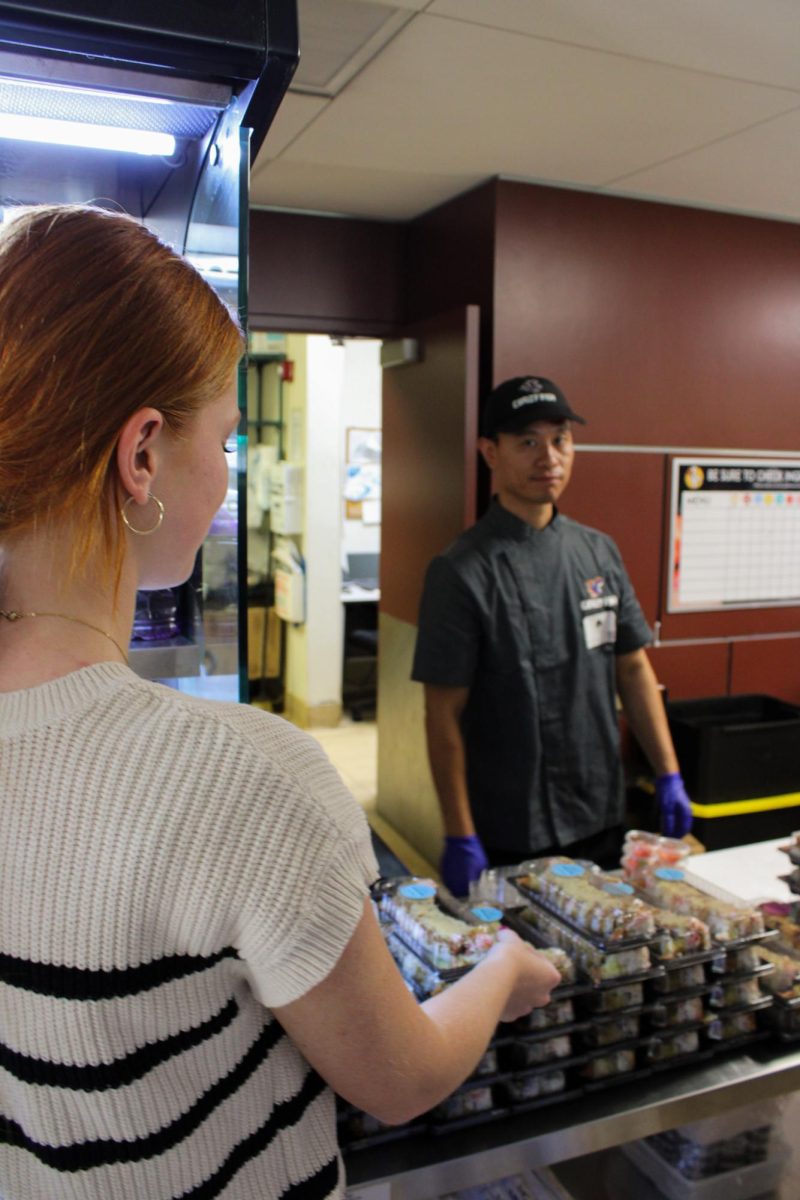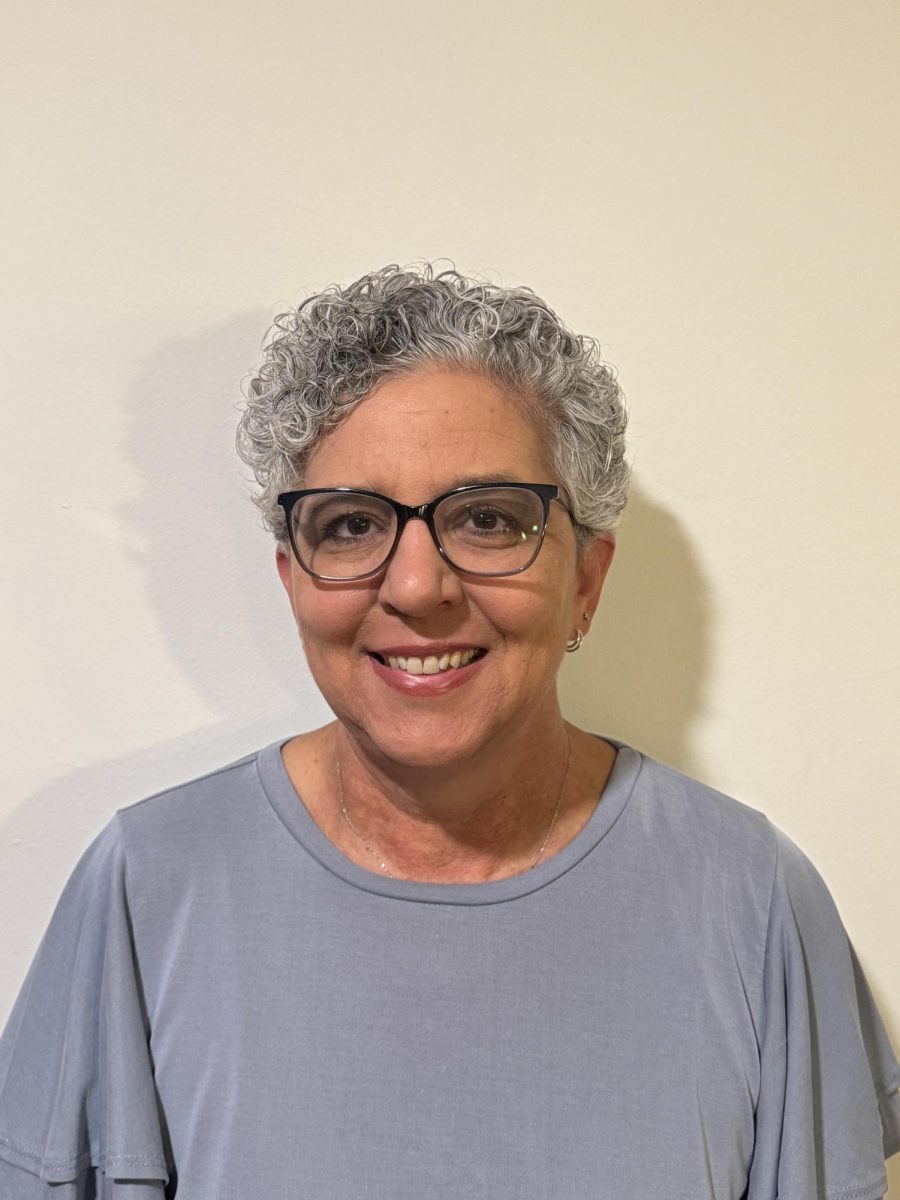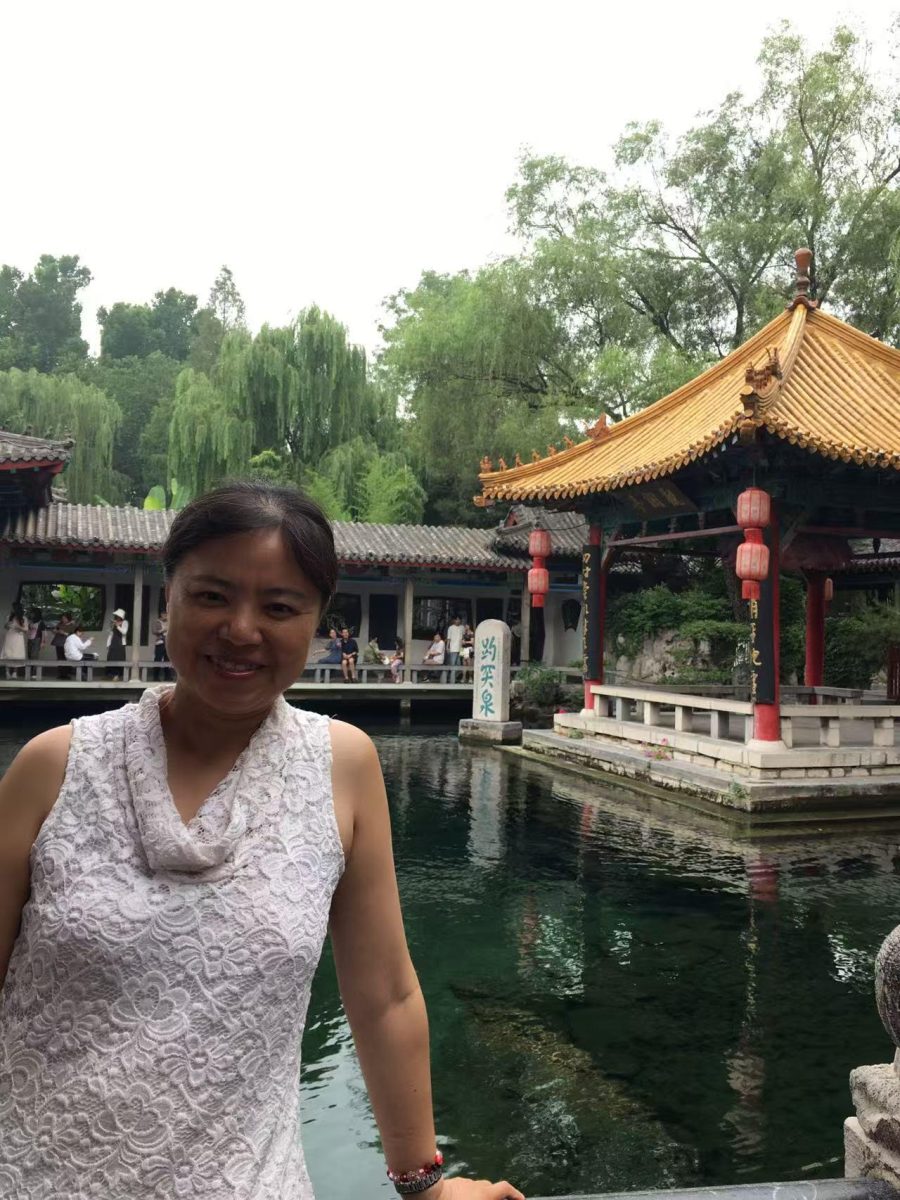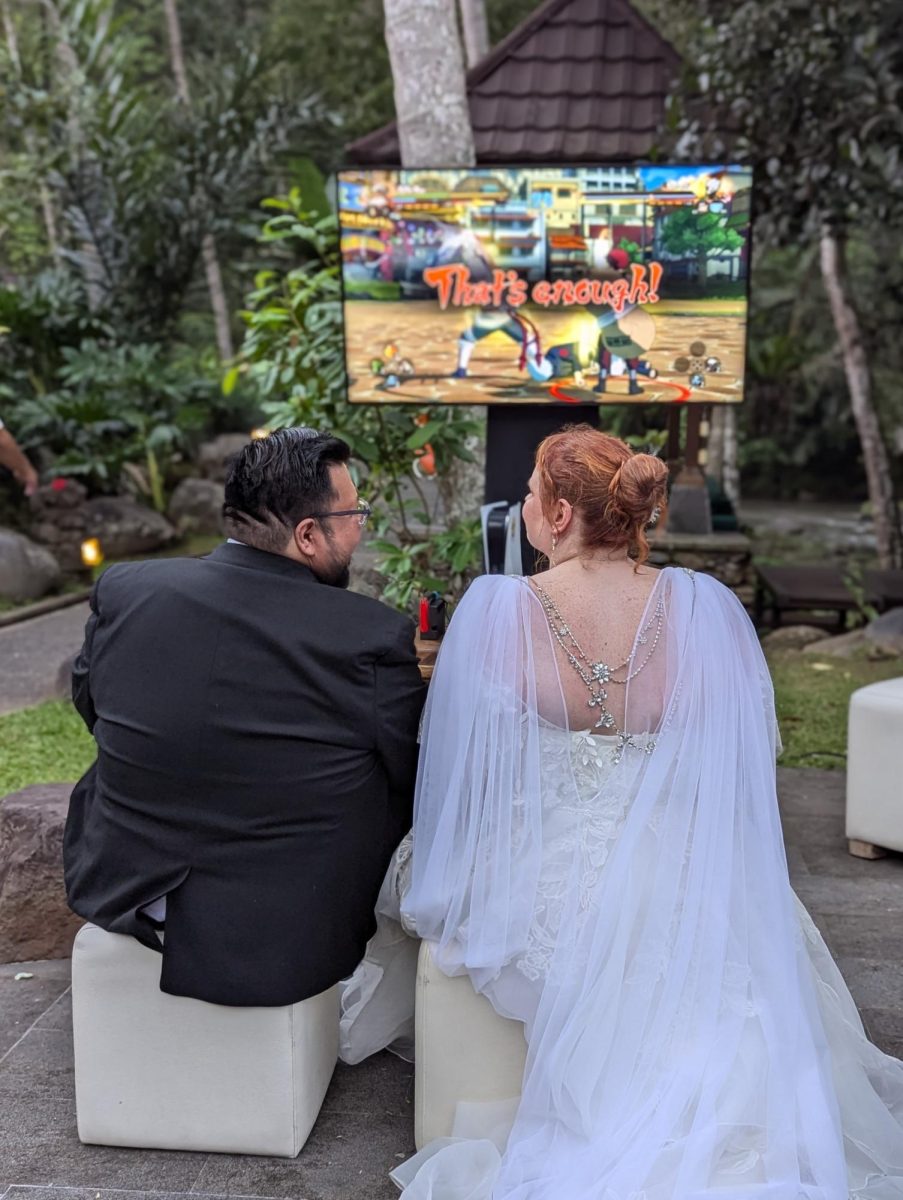A cheetah sprints after a gazelle. Two lionesses attack a water buffalo. A furious hippopotamus bellows into the air. These images launched fine arts teacher Ryan Bowden’s interest in the world of photography.
Bowden’s original inspiration to pursue photography came in the form of a magazine. He looked forward to his family’s subscription of National Geographic every month. One month when he was twelve, he saw a magazine spread that changed his life.
The spread consisted of various images of wildlife in the Serengeti.
“Seeing these images inspired me to want to be a photographer,” he said. “One of my favorite [images] is the one where the zebras are hiding amongst the wildebeest. Just the design and all that is really amazing.”
The summer after receiving the issue, Bowden’s grandparents sent him to photography camp, where he began his journey with the art form.
Once Bowden started photography, he tried to compete with his older brother, an aspiring illustrator.
“Art runs in our blood,” he said.
The next step in his journey came when Bowden’s grandparents gave him a high school graduation gift– a trip to Ireland.
“My parents made me put a portfolio together [when I got back] to say thank-you to my grandparents for taking me, and I was really proud of it [because] it was just what I wanted to do.”
Bowden kept this trip in mind as he continued his photography education at the Brooks Institute of Photography in California.
Around this time, digital photography was starting to replace film.
“The creation of the digital camera has changed the way images come out. I think what it allows you to do is make photography a lot less expensive and easier to travel,” he said. “And you can see instantly what you got. Whereas, in 1986 [during this shoot], the photographer wasn’t able to see the work until he took the plane all the way back and developed [it]. You [would] really have to trust your knowledge and your technical skill.”
But that doesn’t mean that anyone with a digital camera can take a National Geographic-worthy photograph.
“Moments happen only once, so you need to know technical knowledge to get that shot. Digital [photography] hasn’t made the photographs any better. What makes a great photograph is the vision of the photographer.”
Bowden had high aspirations when leaving college, but they were a bit too high.
“I wanted to be a National Geographic photographer, but I realized there wasn’t a whole lot of money in shooting that kind of work,” he said.
After college, Bowden pursued commercial photography instead of travel photography. Even though he had his own studio, his heart was still in his childhood dream–documentary travel photography.
“I was going through the motions just to make money,” he said. “I didn’t love it.”
When he began teaching, he was able to return to what he first loved about photography.
For the past four years, Bowden has been a leader of school-sponsored trips overseas.
“Thailand…was my first student expedition. I was really excited for that because it’s very different to go as a [teenager] overseas than when you go as an adult,” Bowden said.
But he explained that he found a difference in perspective when comparing his trip to Ireland with his trip to Thailand.
He attributes this difference to the amount that he had learned in college.
“[My favorite part of the trips is] to take kids around the world and create beautiful images like we did in India,” he said.
But not even India was enough to satisfy Bowden. He could never erase the images of the Serengeti that he originally saw in National Geographic.
This summer, he will accomplish his goals when he embarks on a school-sponsored trip to Africa.
“What’s neat and full circle is now I get to go this summer and experience and try to create images as good as the ones in National Geographic,” he said.
Bowden still finds so much awe in Africa.
“The land is almost untouched and so raw and wild. It’s inspiring,” he said.
Re-reading the old issue of National Geographic reminded Bowden of his old photography.
“I think I’ve always been proud of all my photography, and every step has been different. I think I’ve been proud of all [of] the parts of my photography career.”
Looking back at the magazine spread, Bowden realized how truly important this edition was for his life.
“It was photographs that inspired my whole life,” he said.





